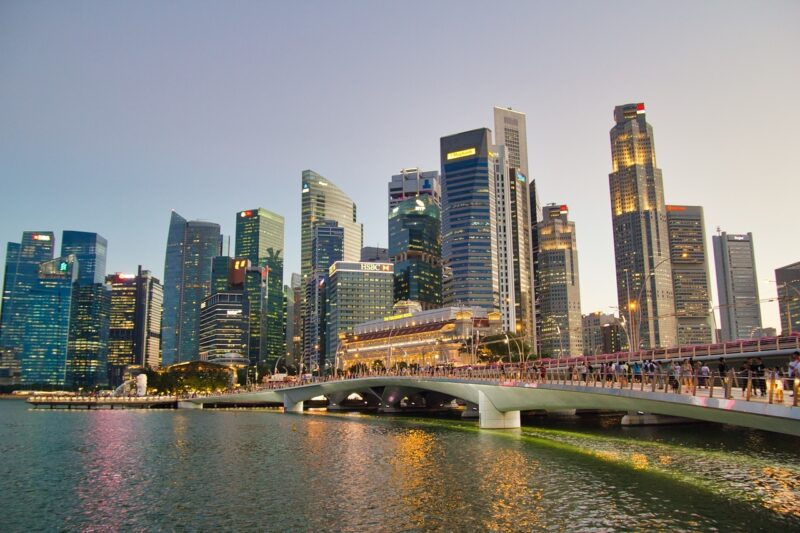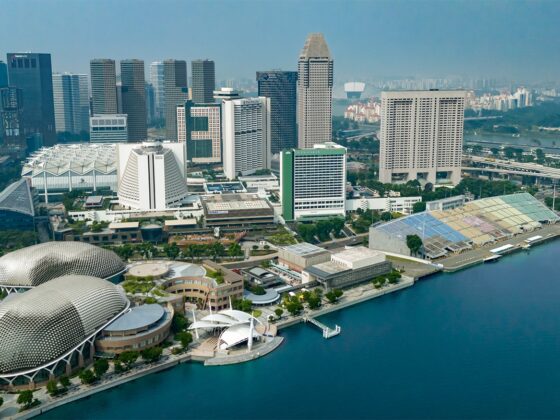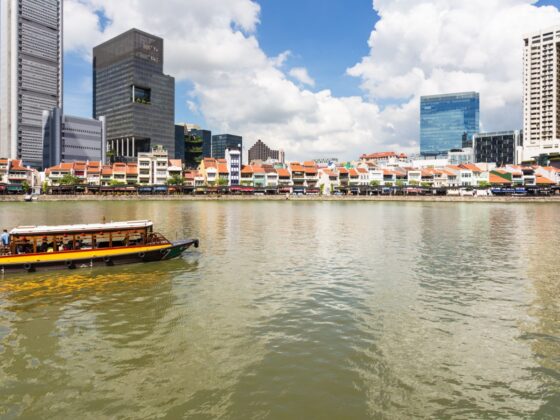Singapore’s real estate market is among the most stable and valuable in Asia. Over the decades, property prices have risen steadily, supported by strong fundamentals and careful policy management. This upward trend reflects not only market confidence but also the broader economic strengths of the country.
River Modern represents how these economic forces translate into long-term value for property owners. Developments like this thrive because they stand on a foundation of financial stability, population growth, and global appeal.
1. Limited Land and High Demand

Singapore’s small land area is one of the most significant drivers of property appreciation. With limited space and strict zoning laws, land supply remains controlled. Every new project released by the government under the Government Land Sales (GLS) program attracts strong developer interest, which pushes up land bids and, in turn, property prices.
High population density and strong housing demand further reinforce this trend. Both local residents and foreign investors compete for prime properties, especially in central and waterfront areas. As demand stays high and supply remains tight, prices continue to rise steadily rather than fluctuate sharply.
The island’s efficient planning ensures that even as it grows vertically, every square meter is used strategically. This balance of limited supply and sustainable development helps maintain long-term property value.
2. Strong Economic Fundamentals and Investment Confidence
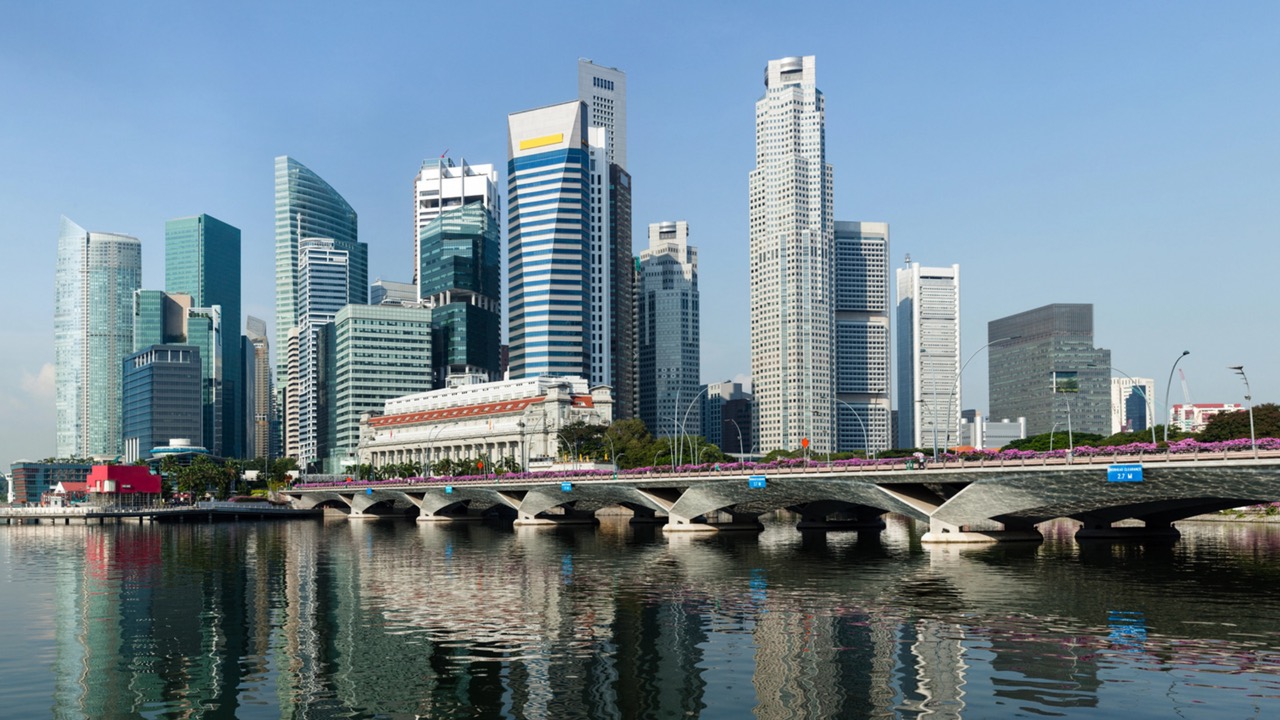
Singapore’s economy is built on stability, transparency, and innovation. Its position as a global financial hub attracts multinational companies and expatriates, creating continuous demand for both residential and commercial spaces.
A strong currency, low corruption, and predictable government policies make Singapore an investor-friendly environment. Real estate benefits directly from this trust. Foreign buyers often view Singapore as a safe place to park capital, especially during global uncertainty.
The country’s robust banking sector also supports healthy financing conditions. Mortgage rates remain competitive, while regulatory controls prevent excessive borrowing. This balance between access and caution keeps the property market stable even during external economic shocks.
3. Infrastructure Growth and Urban Renewal
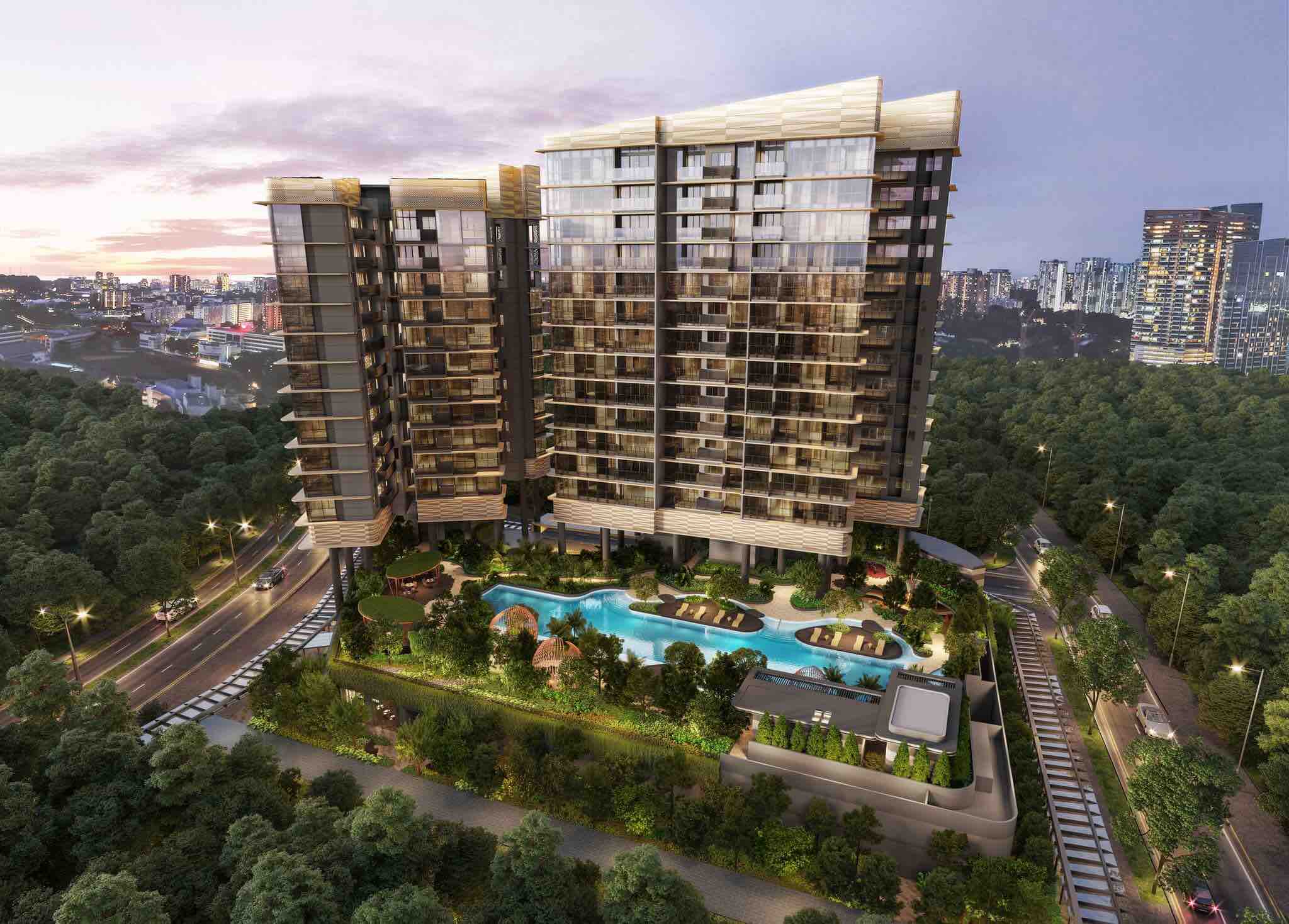
Infrastructure expansion plays a major role in property appreciation. Each new MRT line, expressway, or commercial district adds value to surrounding neighborhoods. Proximity to transportation and amenities remains one of the strongest predictors of price growth.
Urban renewal programs led by the Urban Redevelopment Authority (URA) also boost appreciation. Older estates are revitalized through redevelopment, improving livability and increasing nearby property values. The government’s long-term vision ensures continuous improvement of the urban landscape, keeping Singapore attractive to both residents and global investors.
Developments like River Modern benefit from this ongoing growth. By aligning with new transport routes and lifestyle hubs, they maintain relevance and market strength for decades.
Conclusion
Singapore’s real estate appreciation is the result of deliberate economic strategy, not chance. Limited land, strong demand, sound governance, and continuous infrastructure growth combine to form a resilient and thriving market.
Projects such as River Modern highlight how these forces come together to create lasting value. As Singapore continues to evolve into a smarter, greener, and more connected city, its real estate will remain one of the most stable and rewarding investments in the world.
